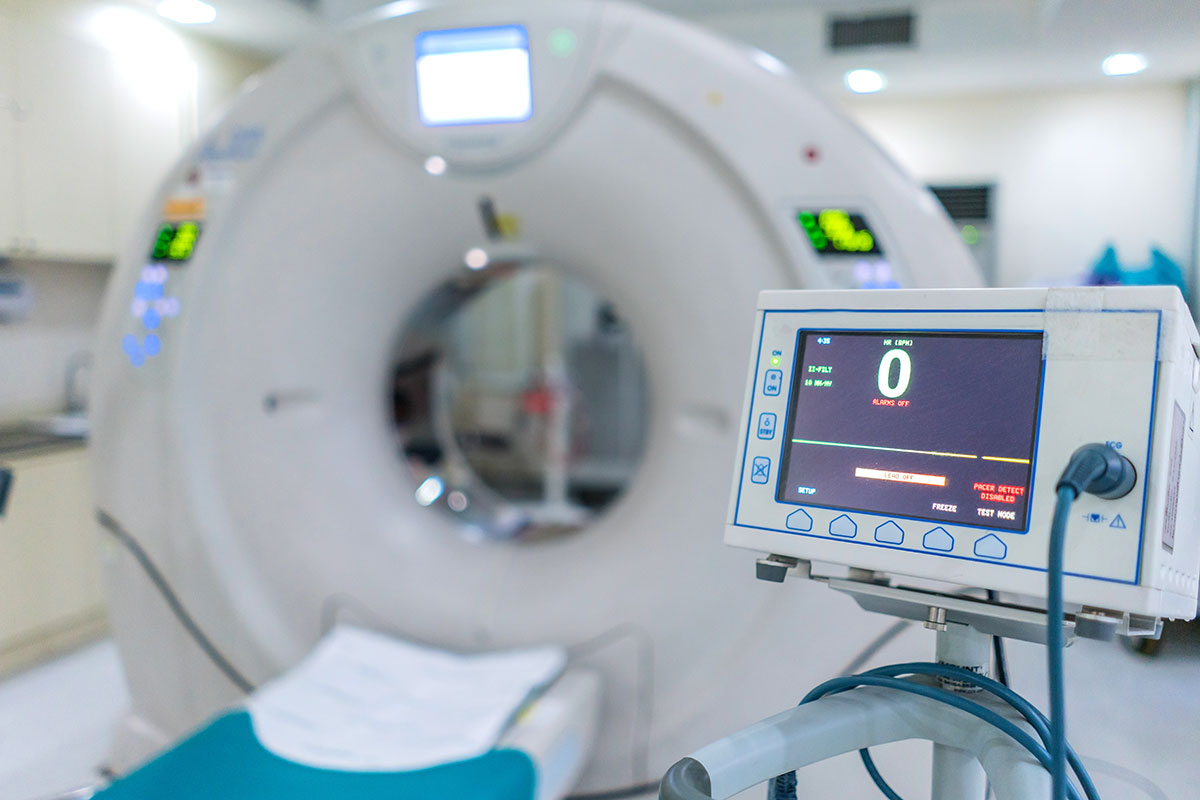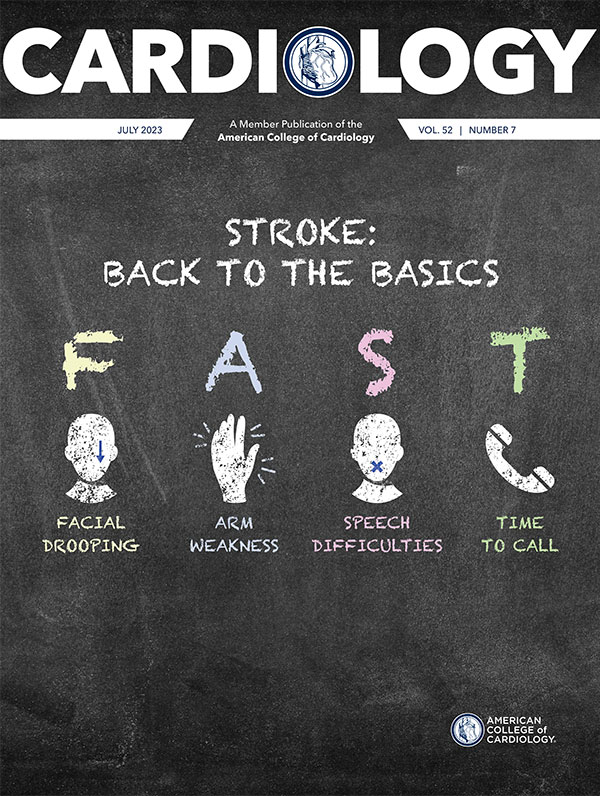New in Clinical Documents | Detection and Risk Assessment of Chronic Coronary Disease Focus of New Multimodality AUC

New multimodality appropriate use criteria (AUC) released by the ACC, along with key specialty and subspecialty societies, provides guidance on the appropriate use of stress testing and anatomic diagnostic procedures for risk assessment and evaluation of known or suspected chronic coronary disease (CCD).
The new document, published in JACC, updates previous AUC for radionuclide imaging, stress echocardiography, calcium scoring, coronary computed tomography angiography (CCTA), stress cardiac magnetic resonance (CMR) and invasive coronary angiography for patients with stable ischemic heart disease. It includes ratings of appropriate, may be appropriate or rarely appropriate for 64 specific clinical scenarios for both symptomatic patients and asymptomatic patients.

Click here to access the full document.
Click here to access the Clinical Solutions Sets for more support for everyday practice.
Several clinical scenarios included in the previous AUC were revised, expanded or removed to reflect changes in other clinical documents and/or to streamline the clinical selection process. According to Co-Chairs David E. Winchester, MD, MS, FACC, and David J. Maron, MD, FACC, one area where the number of scenarios was expanded is for patients with symptoms and a prior diagnosis of CCD, acknowledging that not all symptoms in this population are suspicious for ischemia. A cardio-oncology scenario was also added in which noninvasive testing of asymptomatic patients with prior chest radiation may be appropriate, they said. Additionally, clinical scenarios related to preoperative testing for ischemia were removed and will be incorporated into another AUC document under development.
In addition to the updated ratings, the new AUC document explores the advantages and limitations of imaging modalities, provides examples of inconclusive stress imaging, and dives into risk-enhancing factors, such as family history, races/ethnicities, prior chest radiation and chemotherapy, etc. The summary flowchart (Figure) was also streamlined and rearranged in an effort to more closely follow the flow of clinical decision-making.

One of the biggest changes from previous AUC is the inclusion of a new "no testing" column, designed to help reinforce "the concept that not every patient encounter warrants cardiovascular testing." According to the authors, "the inclusion of the 'no test' column introduces some novel considerations and potential implications," including an opportunity for clinicians and patients to engage in shared decision-making around personal preferences and values.
Other societies involved with the new AUC, include the American Heart Association, American Society of Echocardiography, American Society of Nuclear Cardiology, American Society of Preventive Cardiology, Heart Failure Society of America, Heart Rhythm Society, Society for Cardiovascular Angiography and Interventions, Society of Cardiovascular Computed Tomography, Society for Cardiovascular Magnetic Resonance, and Society of Thoracic Surgeons.
Clinical Topics: Invasive Cardiovascular Angiography and Intervention, Interventions and Imaging, Angiography, Nuclear Imaging
Keywords: ACC Publications, Cardiology Magazine, Cardiology, Heart Diseases, Myocardial Ischemia, Angiography, Ischemia, Surgeons, Neoplasms, Radioisotopes, Coronary Disease
< Back to Listings

